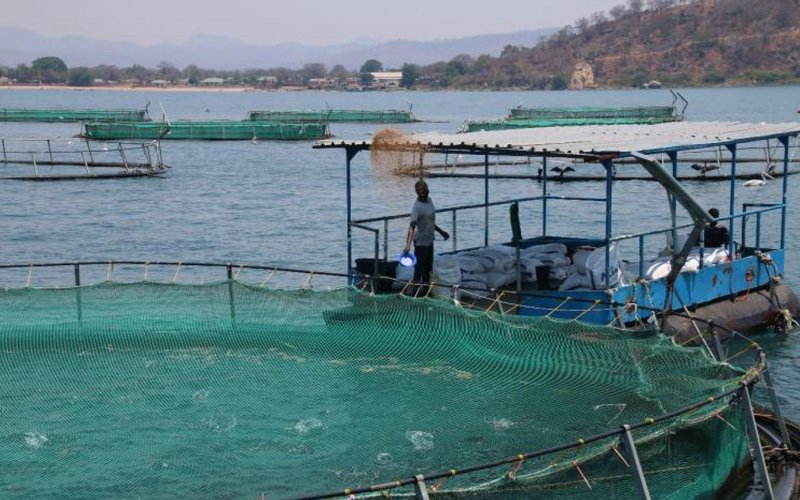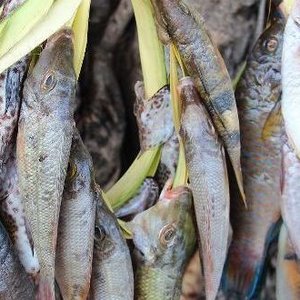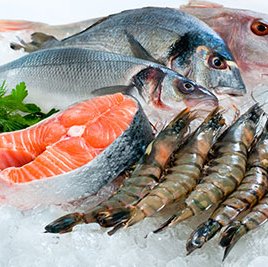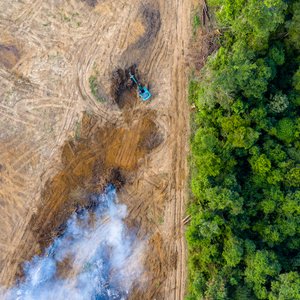The US Soybean Export Council (USSEC) commissioned an exploratory research into the aquaculture and aquafeed potential in Sub-Saharan Africa (SSA). The primary objective of the project was to determine if the aquaculture sector in SSA provides opportunities for US soy, and if so, how the US soy industry should proceed with development of these opportunities. In addressing this, the study set out to provide a comprehensive overview of the current aquaculture situation in the targeted countries, the structure of the aquaculture and aquafeed value chains, development challenges and constraints and the potential for future growth. Results were presented in the report Exploratory research for aquafeed potential in Sub-Saharan Africa.
USSEC identified 13 countries currently at the forefront of aquaculture development that could potentially offer new frontiers for driving demand for soy. The countries were divided into a Tier 1 group of primary importance (Ghana, Kenya, Nigeria, Uganda, Zambia and Zimbabwe) and a Tier 2 group (Angola, Cameroon, the Democratic Republic of the Congo, Malawi, Mozambique, Senegal and Tanzania).
The research found that there is a significant potential to increase aquaculture production in SSA, both in the freshwater and marine environment. From a market perspective, there is a significant supply-demand gap.
In the past five years, three international aquafeed companies (Skretting, Aller Aqua and Raanan) have in the past five years established feed mills in Nigeria (Skretting), Zambia (Skretting and Aller Aqua), Ghana (Raanan) and Kenya (Skretting in collaboration with a local company). Several domestic aquafeed manufacturers have also expanded or established new feed mills to produce aquafeed in recent years including Olam, Grand Cereals, Premier and Tritonne in Nigeria, Novatek in Zambia, LFL in Mauritius and Hill Feeds in Tanzania.
Current demand is entirely driven by the production of tilapia and catfish. This trend will continue in the short to medium term and offer significant potential for the inclusion of soy in aquafeeds.
The research predicts that aquaculture production in SSA could reach 830,000 tons by 2023, potentially creating a demand for around 1.4 million tons of aquafeed. Based on the substantial contribution of semi-intensive, informal-fed small-scale aquaculture, the demand for commercially manufactured complete aquafeeds will most likely be closer to 1 million tons per annum in 2023. The main growth is expected to come from the expansion and intensification of small-scale aquaculture (mainly in catfish farming in Nigeria) and the development of large commercial culture systems for tilapia in the great lakes of Ghana, Kenya, Tanzania, Uganda and Zambia.
For a copy of the report, email aquaafrica@ussec.org and include your name, company or organization and contact information.










